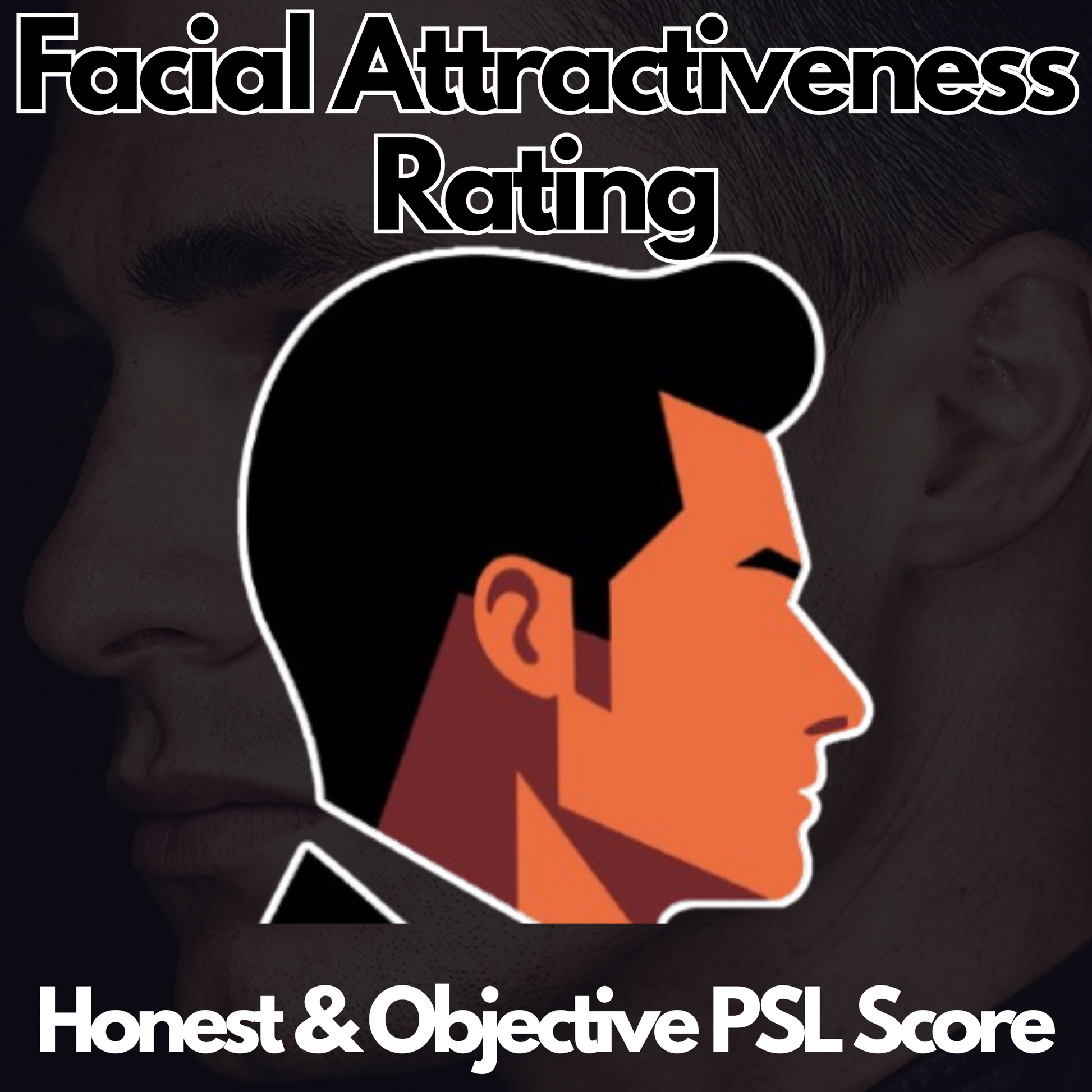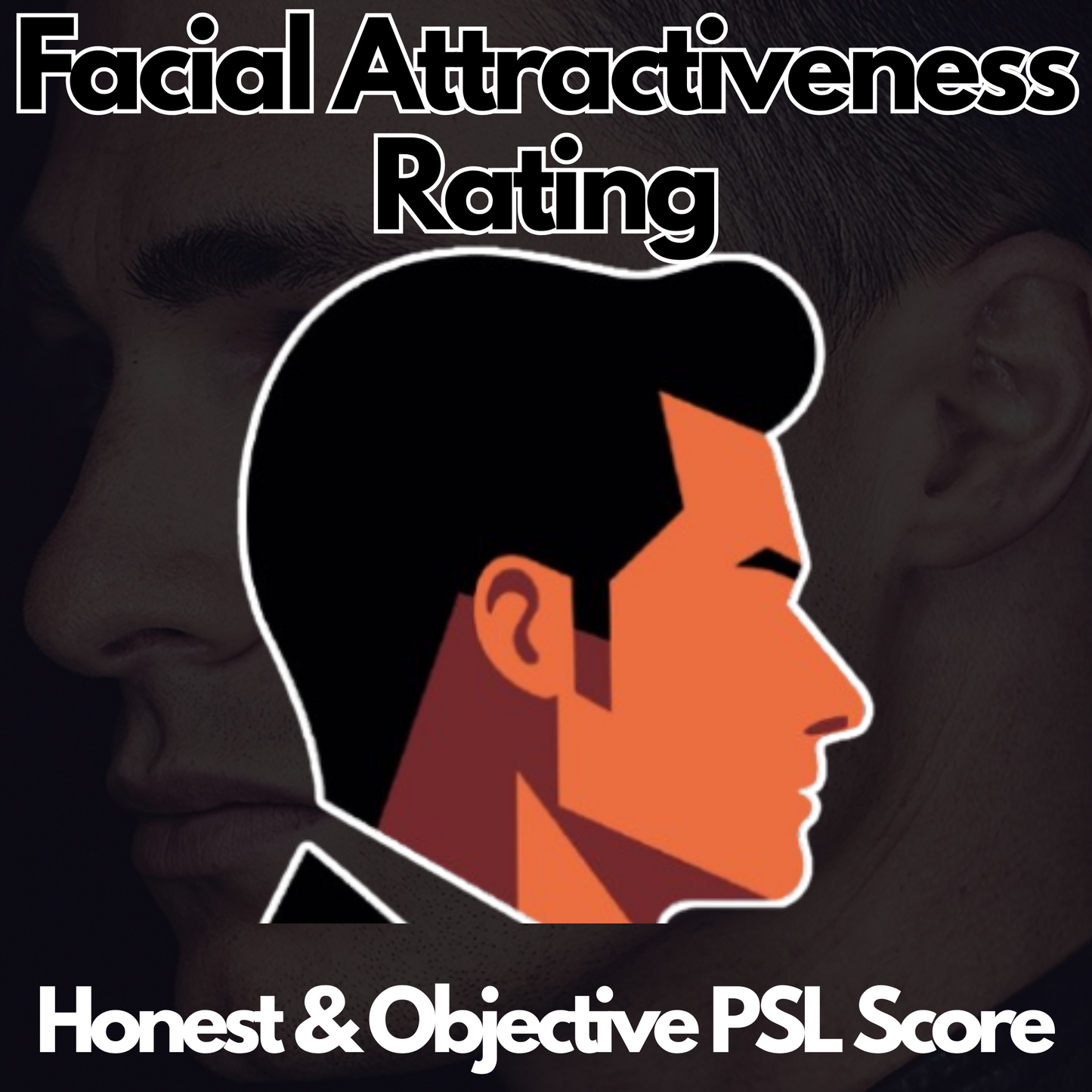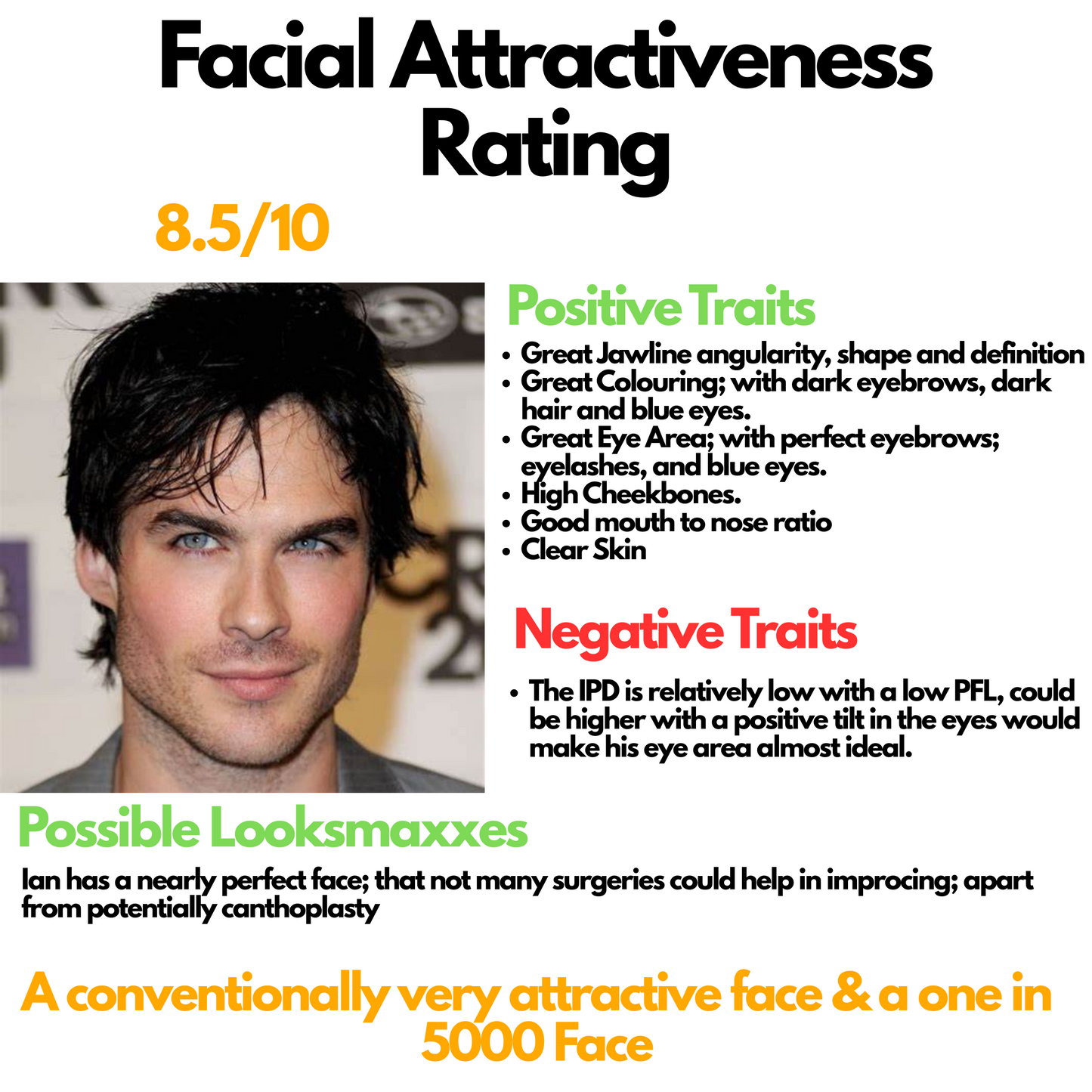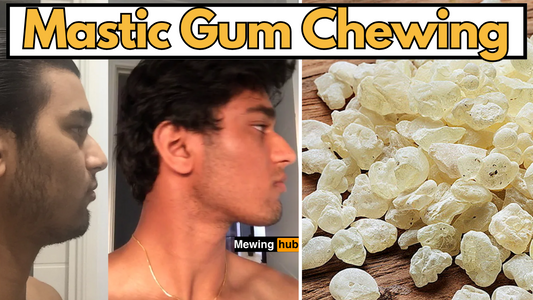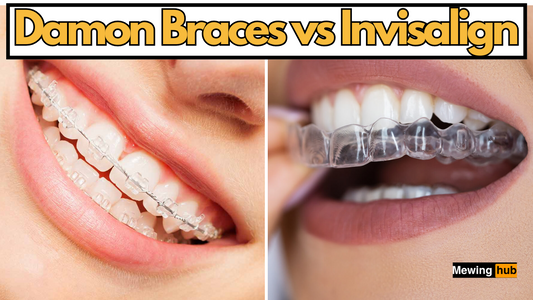Why Can't I Breathe When Mewing? Overcoming Breathing Challenges
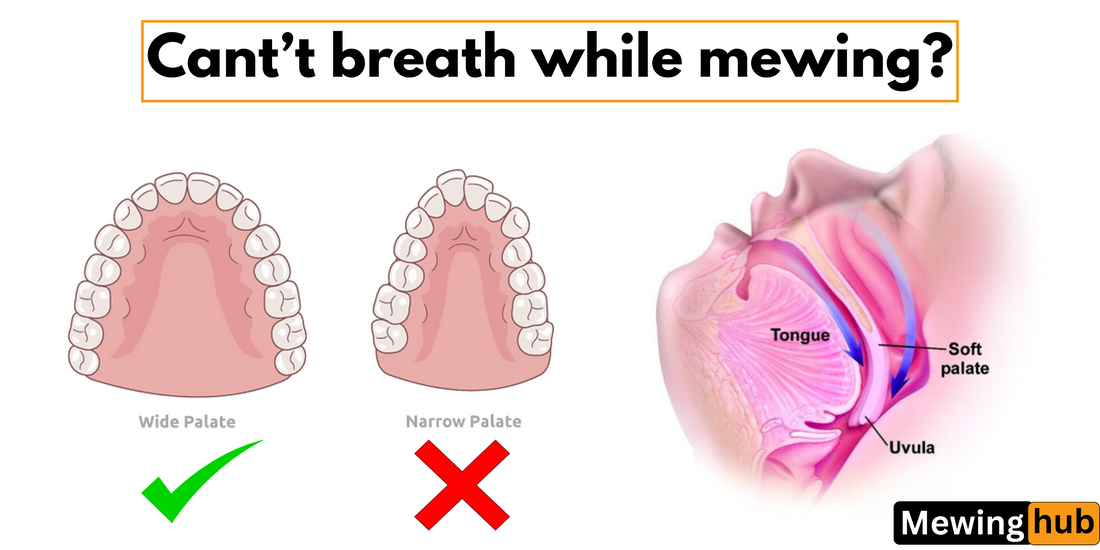
Share
Mewing, a technique gaining popularity for its potential facial benefits, often presents challenges for beginners.
One prominent concern is the difficulty some individuals experience in breathing while practicing mewing.
While this issue can be attributed to subconscious responses, a significant factor is the width of the palate.
Let's delve into the dynamics behind this issue and explore effective solutions.
The Role of Palate Width in Mewing

A common reason for breathing difficulties during mewing is the width of the palate. Individuals with a narrow palate may experience a feeling of tightness and obstruction as the tongue is pressed against the roof of the mouth.
This restricted space can create discomfort, potentially discouraging individuals from persisting with the practice.
Understanding Palate Constraints & Breathing Issues
When the palate is narrow, it reduces the available space for the tongue to rest comfortably. This can lead to a blocked airway, making it challenging to breathe through the nose while maintaining proper tongue posture. The sensation of restricted airflow is particularly noticeable for those new to mewing.
Overcoming Palate Constraints When Mewing
The key solution lies in understanding that palate width is not a fixed characteristic. Through consistent mewing, the tongue's pressure against the upper palate stimulates natural growth and expansion.

This process gradually increases the available space, reducing the likelihood of airway obstruction and enhancing comfort during mewing.
Conscious Breathing Techniques

Consciously exhaling through the nose remains a valuable technique to counteract initial breathing challenges, regardless of palate width. This approach helps the body adjust to the new tongue posture, fostering a smoother transition into the practice. It acts as a bridge between the body's natural responses and the desired changes brought about by mewing.
Nasal Breathing and Mewing
Nasal breathing is crucial in mewing, as mouth breathing can counteract the benefits of proper tongue posture. When practicing mewing, focus on breathing through the nose to maintain a consistent and effective technique. This not only supports proper tongue posture but also promotes better overall respiratory health.
The Power of Consistency in Breathing When Mewing

Consistency is paramount in the journey to overcome breathing difficulties. Regular mewing practice not only reprograms the body's responses but also contributes to the gradual expansion of the palate.
Persistence is key, as individuals may find that the initial sensation of restricted airflow diminishes over time, making the practice more comfortable and sustainable.
Integrating Mewing into Daily Life
Incorporating mewing into daily activities is crucial, especially for those dealing with a narrow palate. By seamlessly integrating the practice into various aspects of daily life, individuals stimulate palate expansion continuously. This holistic approach ensures that mewing serves not only as a technique for facial benefits but also as a means to enhance respiratory well-being.
Explore our Mewing Mastery Course, where you can gain in-depth knowledge
and expert guidance on all aspects of mewing.
Practical Tips for Effective Mewing

2.) Use Reminders: Set reminders throughout the day to check your tongue posture and ensure you are practicing correctly.
3.) Stay Hydrated: Drinking water helps keep your nasal passages clear, making it easier to breathe through your nose.
4.) Practice Good Posture: Maintain an upright posture to facilitate proper tongue positioning and breathing.
The Impact of Palatal Expanders For Improved Breathing
For individuals with severe palate constriction, palatal expanders might be considered.

These orthodontic devices are designed to widen the upper jaw, thereby increasing the space available for the tongue and improving nasal airflow.
Palatal expanders can significantly enhance the effectiveness of mewing by providing a more accommodating oral structure.
Case Studies and Research Behind Palatal Width & Breathing
Studies have shown that palatal expansion can improve airway volume and breathing.
For example, research published in the American Journal of Orthodontics and Dentofacial Orthopedics indicates that palatal expanders can lead to significant improvements in nasal breathing and overall respiratory health.
This supports the idea that mewing, by promoting natural palatal expansion, can also contribute to better breathing over time.
Conclusion: Embrace the Journey to Better Breathing and Facial Aesthetics
Mewing can be challenging initially, especially for those with a narrow palate. However, understanding the underlying reasons for breathing difficulties and adopting effective strategies can help overcome these challenges.
Consistent practice, conscious breathing techniques, and integrating mewing into daily life are key to achieving both facial and respiratory benefits.


